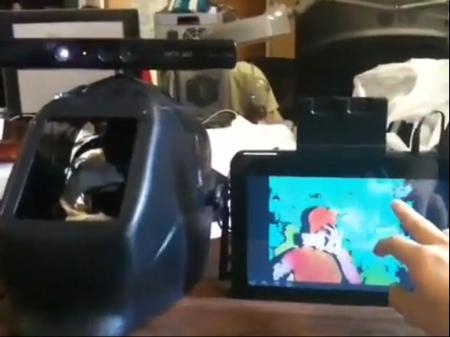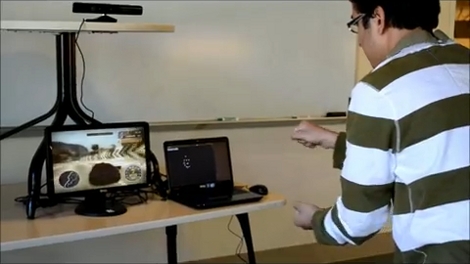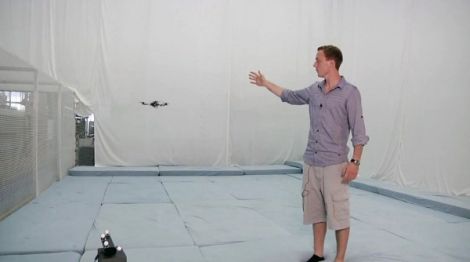The Kinect has been hacked for many purposes, but this Android implementation tutorial is the first we’ve heard of it being used on a mobile phone platform. Although not a finished product at this point, [Raymond’s] tutorial is a good starting point for those wanting to experiment with fusing these two technologies.
The Kinect programming for this tutorial has been done with the Tegra Ventana development kit for Android 3.0. An Ubuntu-Linux installation is used, but this technique should be portable to any Linux system according to the author.
The procedure given is pretty straightforward, and the author even provides an example of the results in a video after the break. It’s interesting to note that, when connected, the Kinect is seen as two devices, “Xbox NUI Camera” and “Xbox NUI audio”. We look forward to new hacks to come out for this device, possibly using this set of tools. Continue reading “Programming The Kinect To Work With Android”

















